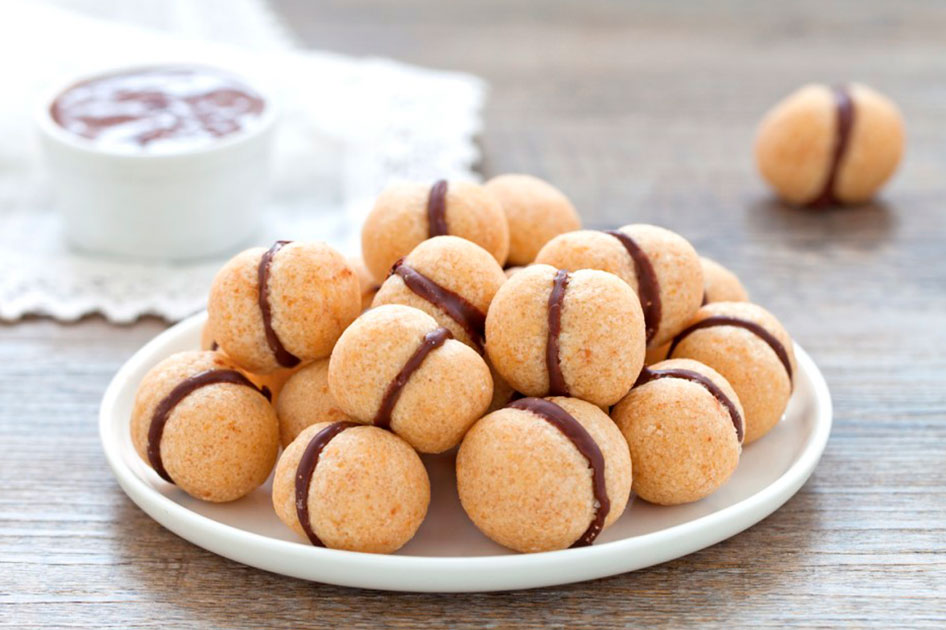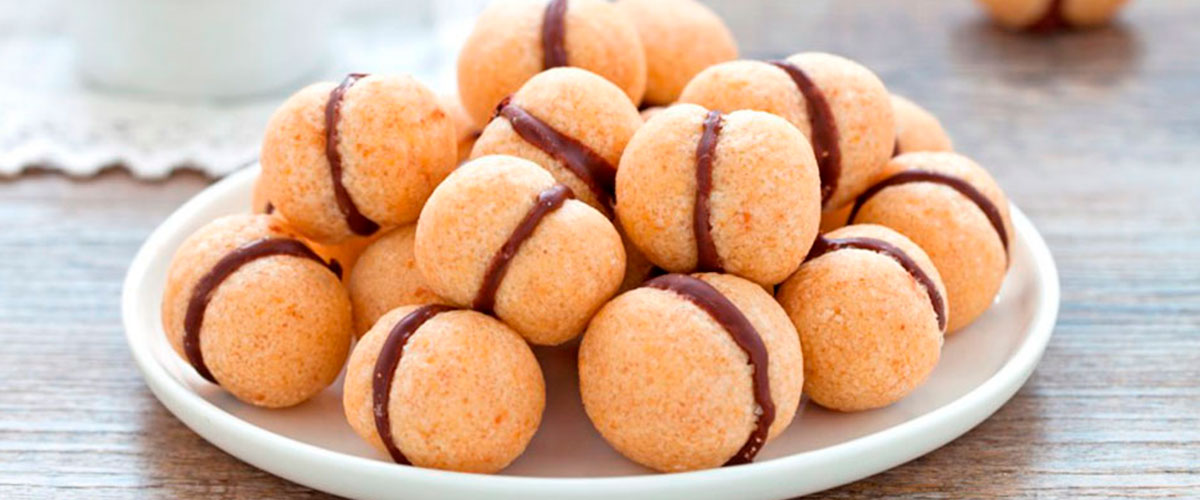
The land of biscuits
Have you ever asked a tourist who is on holiday in Italy what is his or her favourite biscuit? In most cases, they will answer with true passion : “ The rainbow biscuits, the colored ones, the filled cookies- do you know those biscuits which remind the Italian flag? Ehi, wait a moment, can I also say Zeppole?
By the way, no, Zeppole are not a valid answer.
The biscuits historically included in our national tradition are really a lot…and maybe not even natives are able to distinguish them all.
Here are 10 biscuits which attract foreigners on holiday…and not only!
Do you know them?
1. The nevole
Origin: Ortona, Abruzzo
The main ingredient of the Nevole, biscuits with a warm, citrus taste, is cooked must, the unfiltered grape juice which, in this area, can’t be but Montepulciano, harvested in September and October. It would be possible to use another kind of grape, but the taste would completely change.
Moreover, the iron used to create the very peculiar shape is handmade exclusively in the medieval borough called Guardiagrele, about 50 km far from Ortona.
Even if Nevole can be found in almost every shop in Ortona, these biscuits have a very limited exportation and, some people who only live at a short distance from the little town have never heard about them.
This is a little nonsense, since they are among the most typical sweets of this area in Abruzzo.
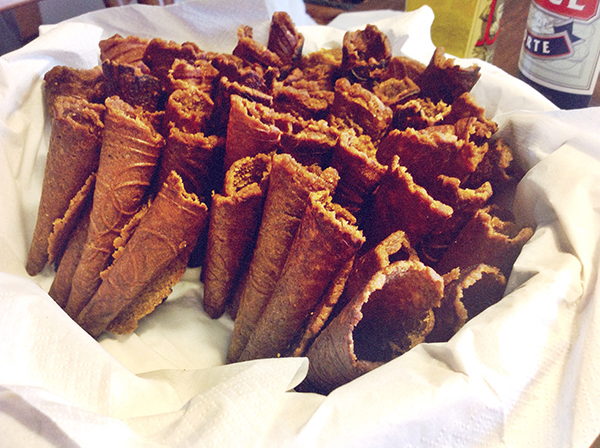
2. Ossi dei morti (Dead Bones)
Origin: Piemonte
All Saints is a very important feast in Italy. In Piedmont it is celebrated with the typical Ossi dei Morti (“dead bones”), which shape obviously reminds bones. The key ingredient of this season delight is sweet and dried almonds flour.
Even if the recipe belongs to Piedmont, we need to say that Ossi Dei Morti are prepared all around Italy, often with different ingredients in each region. In Veneto, for example, they use white wine and potato starch, while in Sicily people prefer chocolate.
No matter how they are baked, the result is always a crunchy biscuit, ideal to dip in your first morning coffee and to be enjoyed all winter long.
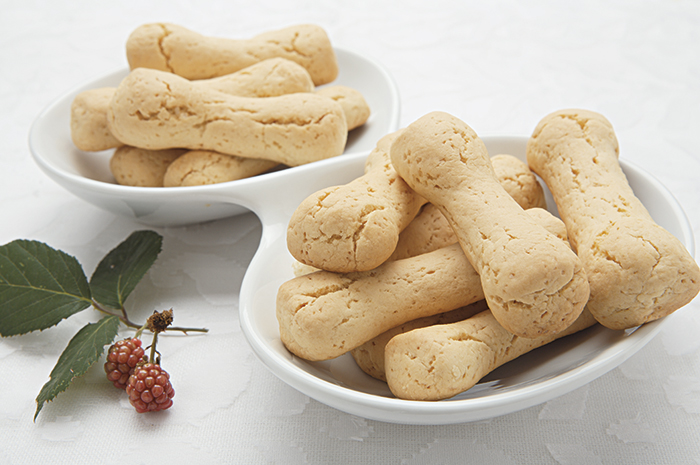
3. Struffoli
Origin: Napoli
Naples must say thanks to Greek people for Struffoli, one of the most popular Italian Christmas sweets (and one of the most famous in pastries shops abroad). The name comes from the Greek word “strongulos”, which means “round” and it refers to the meticolous work through which each egg and flour ball is shaped before being fried and covered with honey or sugar pieces.
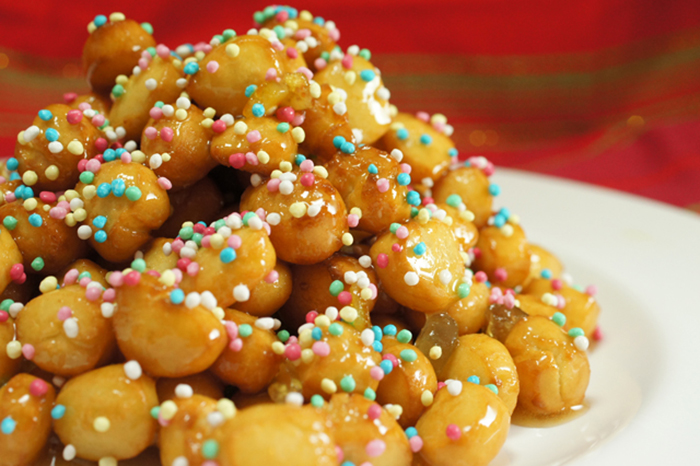
4. Zaletti
Origin: Venezia
Zaletti biscuits are baked with corn flour and they take their name from “zàlo”, which means “yellow “ in the Venice dialect. They are traditionally made without sugar and served with sweet wine as a dessert.
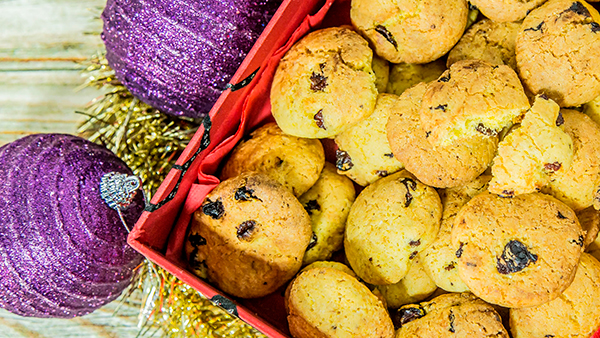
5. Cuccidati
Origin: Sicilia and Calabria
Cuccidati (Baccelati in Italian) are nice and delicious Sicilian biscuits typical of the Christmas period, made with sweet figs, dates, peeled nuts and orange zest.
Each town in Sicily has its own version of these cookies , and even different name according to their dialect. Sometimes their peculiar squared shape is changed into something which reminds Christmas, such as sheep or garlands.
Also in Calabria Cuccidati are among the most beloved Christmas sweets. Although similar, the Calabria recipe does not include dates and honey, but it adds chocolate drops and, sometimes, also walnuts.

6. Occhio di bue (Ox Eyes)
Origine: Trentino-Alto-Adige
Amateur cooks love these extremely simple biscuits. The ingredients of their recipe are very few and easy to find, for example egg yolk, apricot jam, cane sugar, flour and butter.
These little biscuit rolls are found almost everywhere, but they are mainly spread in Trentino-Alto-Adige, where Occhi di Bue are often filled with different kinds of jam and typical flours from the area.
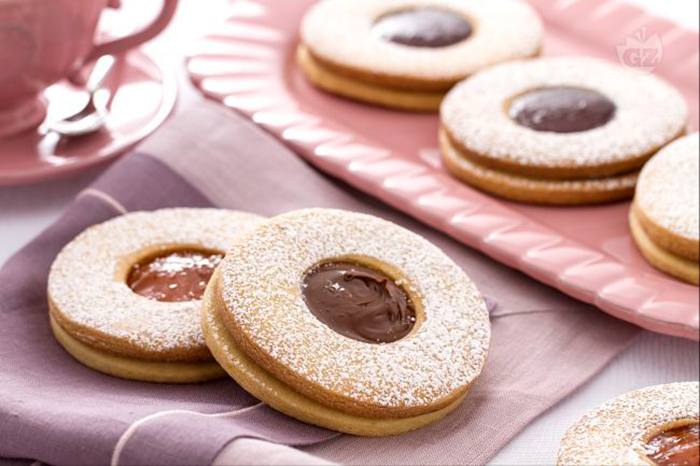
7. Ancient Romans’ sesame biscuits
Origin: Roma
To bake and serve these biscuits to your guests will be a true history lesson! These sweet and crunchy biscuits have their roots in Ancient Egypt and ancient Greece, but it was Ancient Romans who first introduced them as a typical food at breakfast or dessert time.
During the second Punic war, Greeks and Phoenicians imported apiculture to Rome. These biscuits, which vary in shape and size according to the pastry chef’s fantasy, are simply the good result of a meeting between Romans and bees.
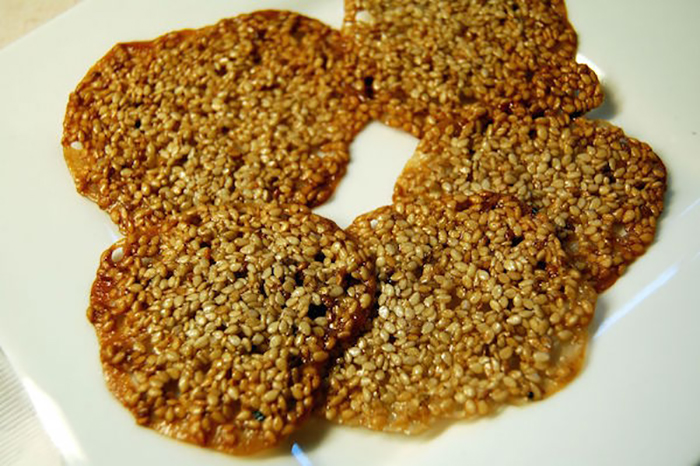
8. Ricciarelli
Origin: Siena
Ricciarelli, sweet biscuits made of sugar, honey, almonds and egg white, are traditionally served in the Christmas period together with sweet wines such as Moscadello di Montalcino.
These biscuits date back as far as 14th century Siena tradition.
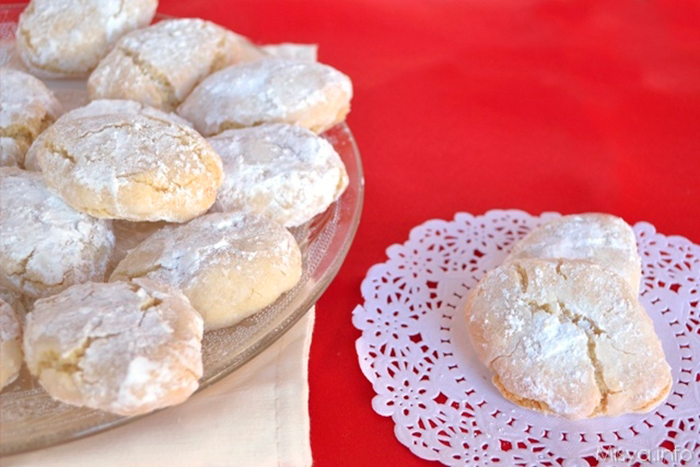
9. Tarallucci abruzzesi
Origin: Abruzzo
The four main ingredients of these typical biscuits are natural ingredients belonging to the region of Abruzzo: wine, olive oil, flour and grape jam.
There are several versions of these traditional cookies ( for example the Bocconotti from Calabria ), but the original recipe comes from Abruzzo.
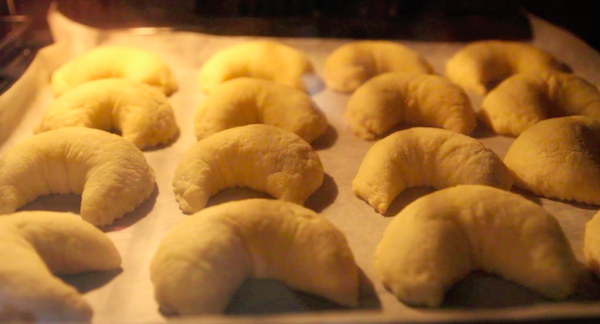
10. Baci di Dama (Lady’s Kiss)
Origin: Tortona, Piedmont
Besides having a lovely, romantic name, Baci di Dama hide a heart with three heavenly flavors: hazelnut, milk chocolate and dark chocolate.
According to the legend, Baci di Dama were designed to meet the requests of Prince Vittorio Emanuele II di Savoia in 1852, who wanted to create a real Piedmont “brand “.
